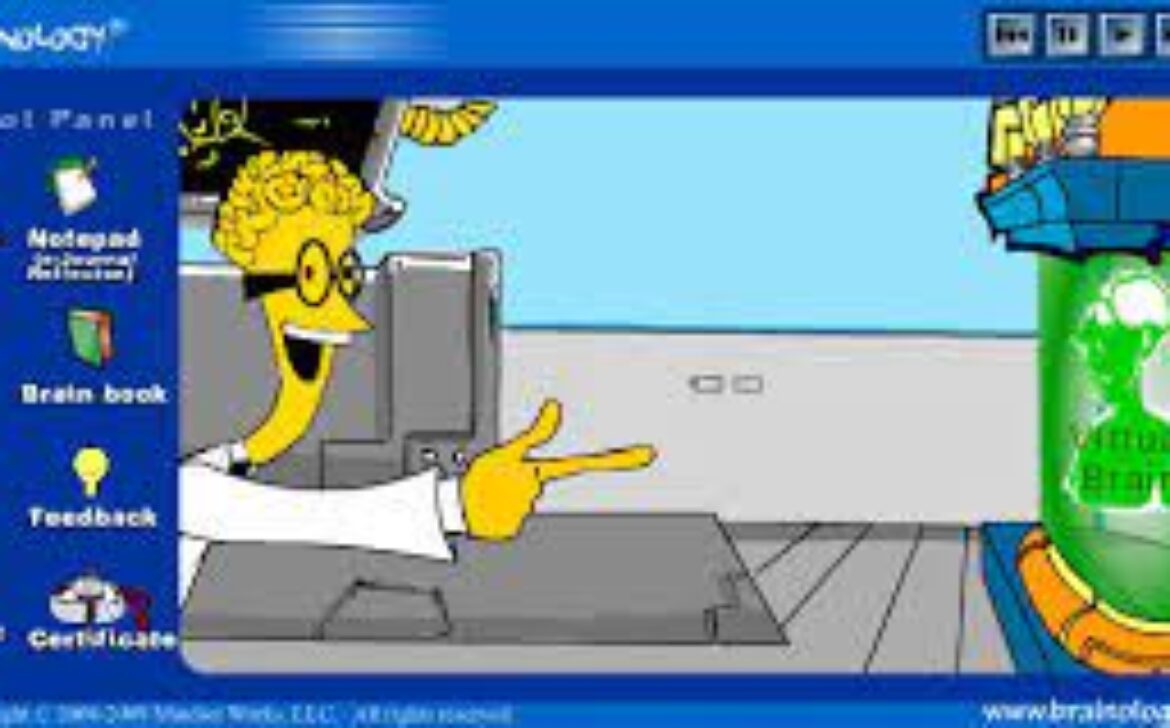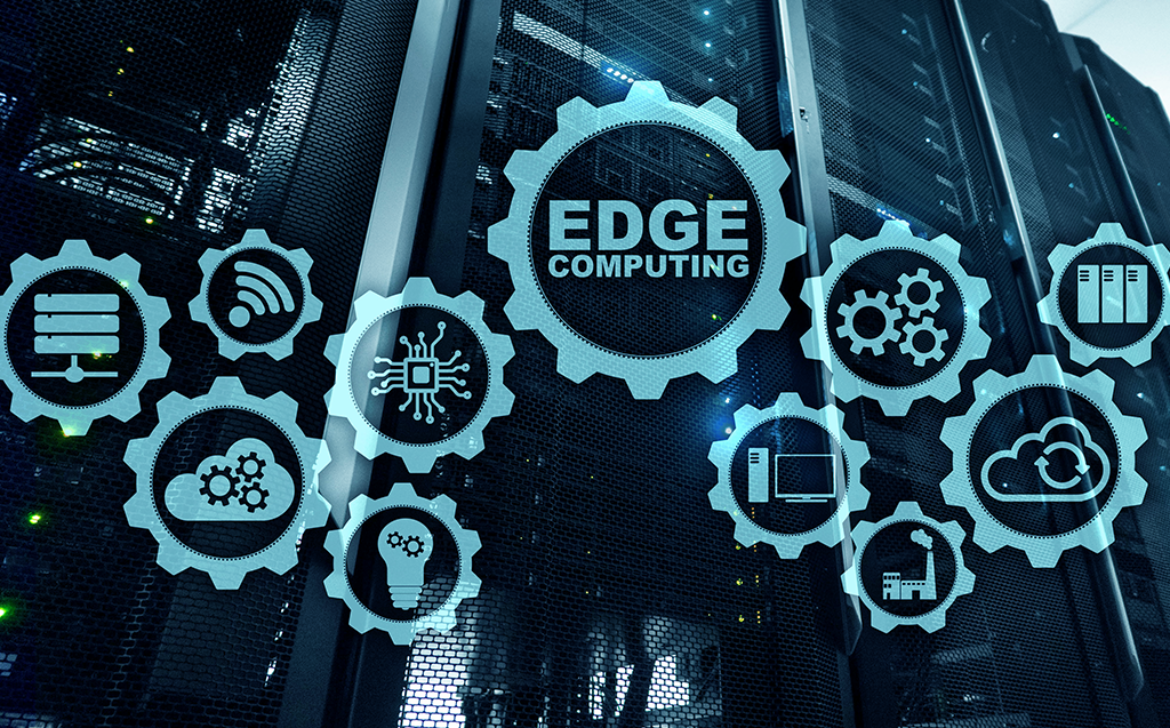Demystifying Cryptocurrency: Unveiling the Future of Digital Finance
Introduction:
In the realm of modern finance, cryptocurrency has emerged as a revolutionary force, challenging traditional norms and offering new possibilities for the digital age. As the world becomes increasingly interconnected, the concept of decentralized digital currency has taken center stage. In this blog post, we’ll delve into the fascinating world of cryptocurrency, exploring its origins, benefits, challenges, and the potential it holds for reshaping the financial landscape.
1. The Birth of a New Era: Understanding Cryptocurrency
Cryptocurrency, epitomized by Bitcoin, introduced the concept of digital currency secured by cryptography. This innovation enables secure, anonymous transactions that bypass traditional financial intermediaries like banks, revolutionizing the way we exchange value.
2. Decentralization and Empowerment: Redefining Control
Central to cryptocurrency is the idea of decentralization. Unlike conventional currencies controlled by central banks, cryptocurrencies operate on decentralized blockchain technology, giving individuals unprecedented control over their financial transactions.
3. Blockchain Technology: The Backbone of Cryptocurrency
Blockchain, the underlying technology of cryptocurrencies, is a distributed ledger that records transactions across multiple computers. Its transparency, immutability, and security contribute to the reliability and trustworthiness of cryptocurrency transactions.
4. Financial Inclusion: Opening Doors for the Unbanked
Cryptocurrency has the potential to bridge financial gaps by providing access to banking services for the unbanked and underbanked populations globally. With just a smartphone and an internet connection, individuals can participate in the digital economy.
5. Global Transactions: Crossing Borders Seamlessly
Cryptocurrency transcends geographical limitations, enabling borderless transactions. Cryptocurrencies like Bitcoin and Ethereum facilitate instant cross-border payments without the need for currency conversion or hefty transaction fees.
6. Security and Privacy: Safeguarding Digital Assets
The cryptographic nature of cryptocurrencies enhances security and privacy. Users control their own wallets and can transact anonymously, reducing the risk of identity theft and financial fraud.
7. Financial Innovation: Tokenization and Beyond
Cryptocurrency paves the way for financial innovation, including tokenization of assets like real estate and art. This digitization of tangible assets offers increased liquidity and accessibility to a wider audience.
8. Challenges and Concerns: Navigating Volatility and Regulation
Despite its potential, cryptocurrency faces challenges such as price volatility, regulatory uncertainties, and concerns about its misuse for illicit activities. Balancing innovation with responsible governance remains a complex issue.
9. Cryptocurrency Investments: Opportunities and Risks
The rise of cryptocurrency has attracted investors seeking high returns. However, the volatile nature of the market highlights the importance of careful research and risk management when considering cryptocurrency investments.
10. Future Outlook: Shaping the Financial Landscape
Cryptocurrency’s potential extends beyond just digital currencies. Its underlying technology, blockchain, is being explored for various applications, from supply chain management to voting systems, promising a transformative impact on multiple industries.
Conclusion:
Cryptocurrency’s journey from conceptual innovation to a disruptive force is an embodiment of the digital age’s transformative power. As we continue to explore the possibilities it offers, responsible adoption, education, and awareness are key. Cryptocurrency has the potential to reshape financial systems, foster inclusivity, and redefine how we perceive value and ownership. Its impact on the global economy and society is yet to be fully realized, making the cryptocurrency revolution a captivating chapter in the evolution of finance.











